Why Should We Be Concerned About Robots?
AI and automation are shaking things up much like computers did in their early days. It's important to understand why we should be concerned about that.
Let's get a clearer picture of the present situation and what the future may bring.
Job Market Disruption
The impact of AI and automation on the job market is undeniable. According to a new BestColleges survey, more than 1 in 4 students (27%) cite the rise of AI in the workforce as a reason they doubt or reconsider their major subject.
That sentiment is reported by 33% of students with a STEM major, compared to 25% of those with non-STEM majors. Overall, these statistics highlight growing concerns among the younger generation about their future career prospects.
A new wave of AI systems may also have a major impact on employment markets around the world. Shifts in workflows triggered by these advances could expose the equivalent of 300 million full-time jobs to automation.
According to Statista, office and administrative work, along with positions in the legal field, are by far the most likely to be at risk of AI automation in the coming years. This indicates the onset of significant upheavals in the job market, where even those jobs traditionally considered immune to automation are at risk.
Superior Speed and Accuracy of AI and Automation
AI is surpassing humans in certain areas of work. According to the Stanford University AI Index Report, AI has surpassed human performance on several benchmarks, including in image classification, visual reasoning, and English understanding. This superior capability is leading to a preference for machines over human workers in multiple sectors.
A fascinating historical anecdote underscores this point.
In 1965, philosophy professor Hubert Dreyfus, a staunch critic of artificial intelligence, boldly claimed that a machine would never beat a human at the game of chess. It would only be two years before the skeptical scholar was himself checkmated by an MIT-developed computer.
This incident illustrates how AI has consistently surpassed human expectations and capabilities.
Uncertainty of the Future
Rapid advancements in AI and automation bring significant uncertainty about the future. Jobs once considered 'safe' and well-paying are now at risk of being replaced.
Gallup reports that 22% of workers in 2024 say they’re worried their job will become obsolete because of technology, up from 15% in 2021. AI-led innovations are expected to impact fields such as writing, coding, and designing, as the technology can, in the best instances, produce work indistinguishable from human output.
As aiDEU co-founder and CEO Alex Kotran, recently said in an interview, “The challenge of preparing Americans for the age of artificial intelligence is not a technical problem. It’s a social, political, societal problem.”
His company aiEDU, is a non-profit that creates equitable learning experiences that build foundational AI literacy. “Our goal is not telling students how they should think about AI but rather equipping them with the tools to think about AI and make up their own minds,” he adds.
.webp)
Industry-Wise Integration of Robotics
To understand the extent to which robots are taking over human jobs, let’s explore their adoption across various industries.
- Manufacturing: Manufacturing companies in the US have invested heavily in more automation. Total installations of industrial robots rose by 12% and reached 44,303 units in 2023, according to the Industrial Federation of Robotics (IFR).
- Agriculture: The global agricultural robot market size is expected to be worth around $86.5 billion by 2033, up from $13.4 billion in 2023. Applications include milking robots, drones, driverless tractors, and automated harvesting robots, among others.
- Automotive and Electronics: Sales of robots in the automotive segment rose by 1% in 2023, with a record number of 14,678 robots installed. Meanwhile, robot installations in the electrical and electronics industry rose by 37% to 5,120 units in 2023, according to IFR.
These numbers show that robots have made significant inroads across various sectors.
Slow Adoption and Human Edge
Despite this rapid integration, the adoption of robots is not universal. Economic factors play a role.
As Jeff Burnstein says, “When the economy isn’t great, it’s easier to delay purchases”. He happens to be president of the Association for Advancing Automation, an industry group that tracks robot orders.
Also worth remembering here is that human intelligence, emotional perception, and contextual thinking remain irreplaceable. This is reflected in a Bentley Gallup survey, where 40% of respondents said AI does greater harm than good. The survey respondents thought AI is worse than humans at providing medical advice (62%), driving cars (68%), and recommending employees for hire (69%).
Not Panic, But Possibilities: Reasons to Be Optimistic
The rapid advancements in AI and robotics can stir up a mix of both excitement and anxiety.
While concerns about job displacement and automation are valid, it’s equally important to recognize the immense opportunities these technologies bring. The future with robots and AI isn't about fear but about embracing possibilities.
Here’s why there’s reason to be optimistic.











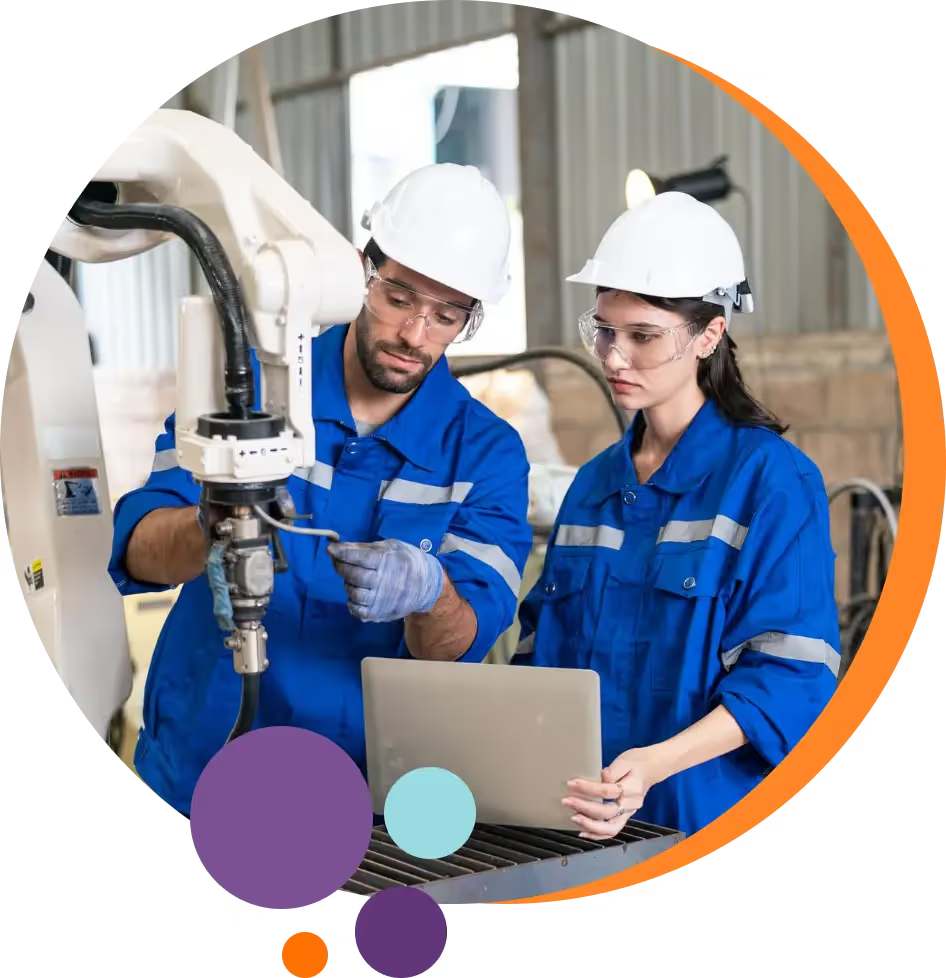
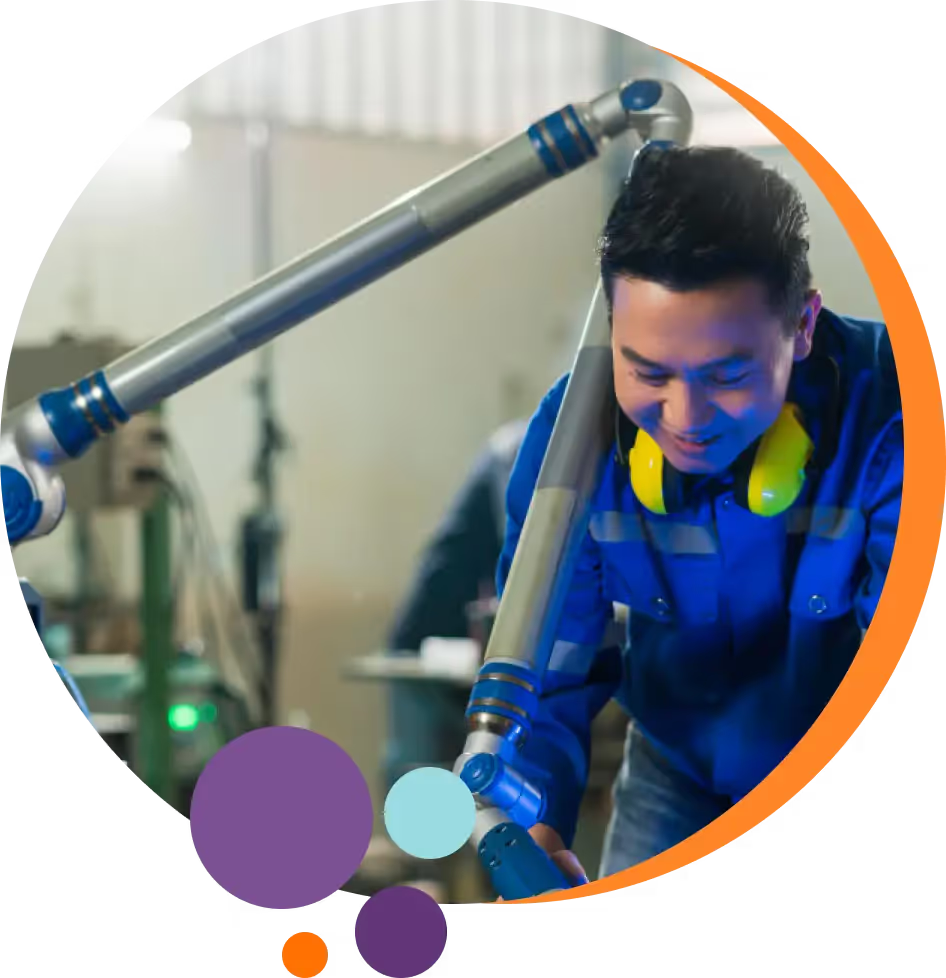
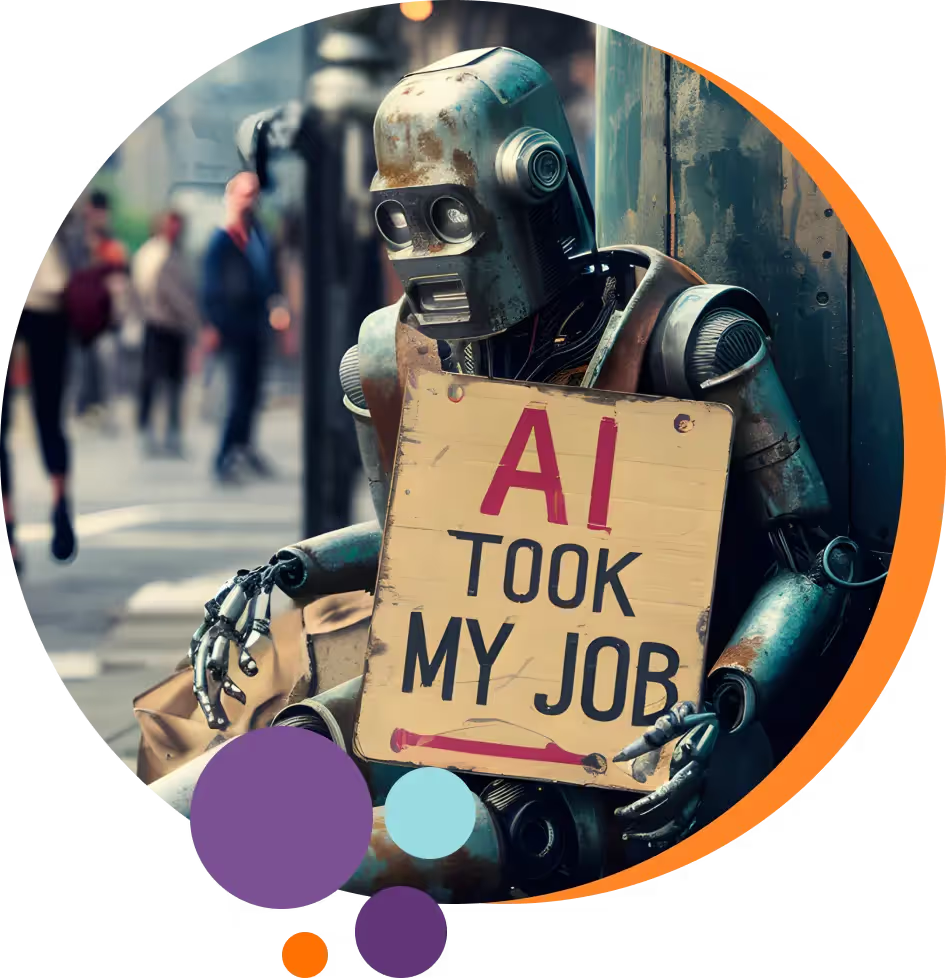


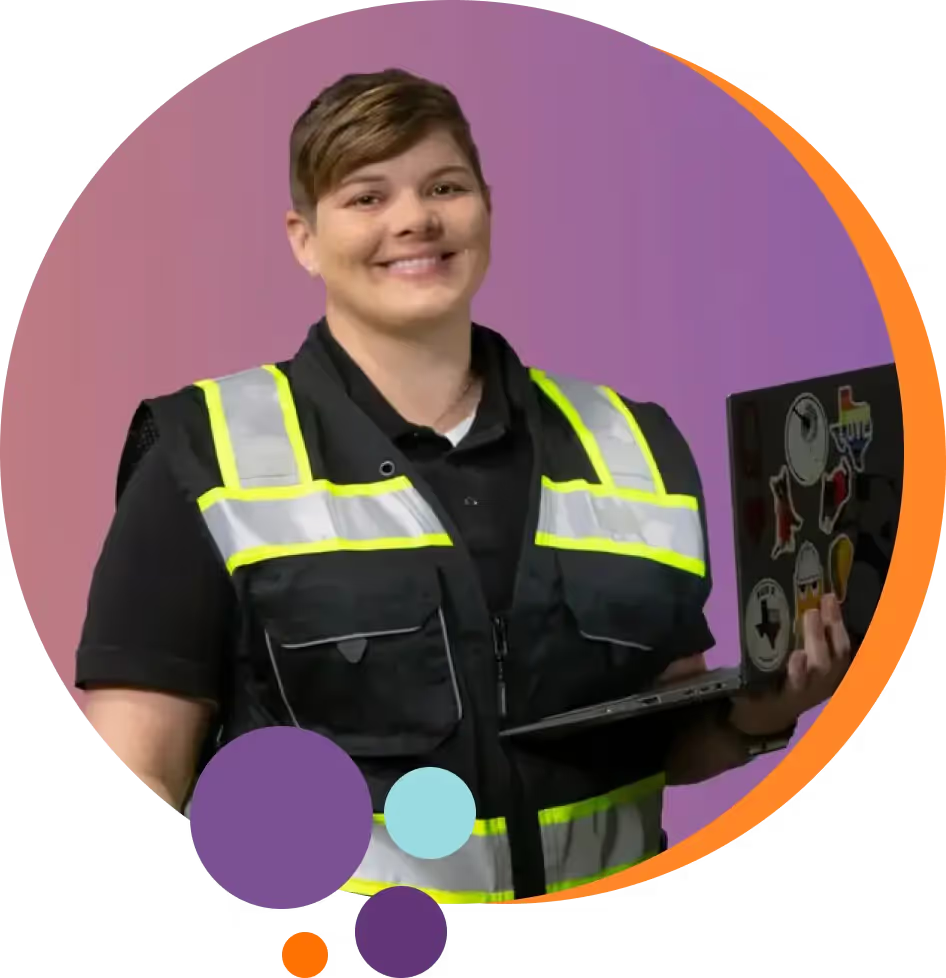

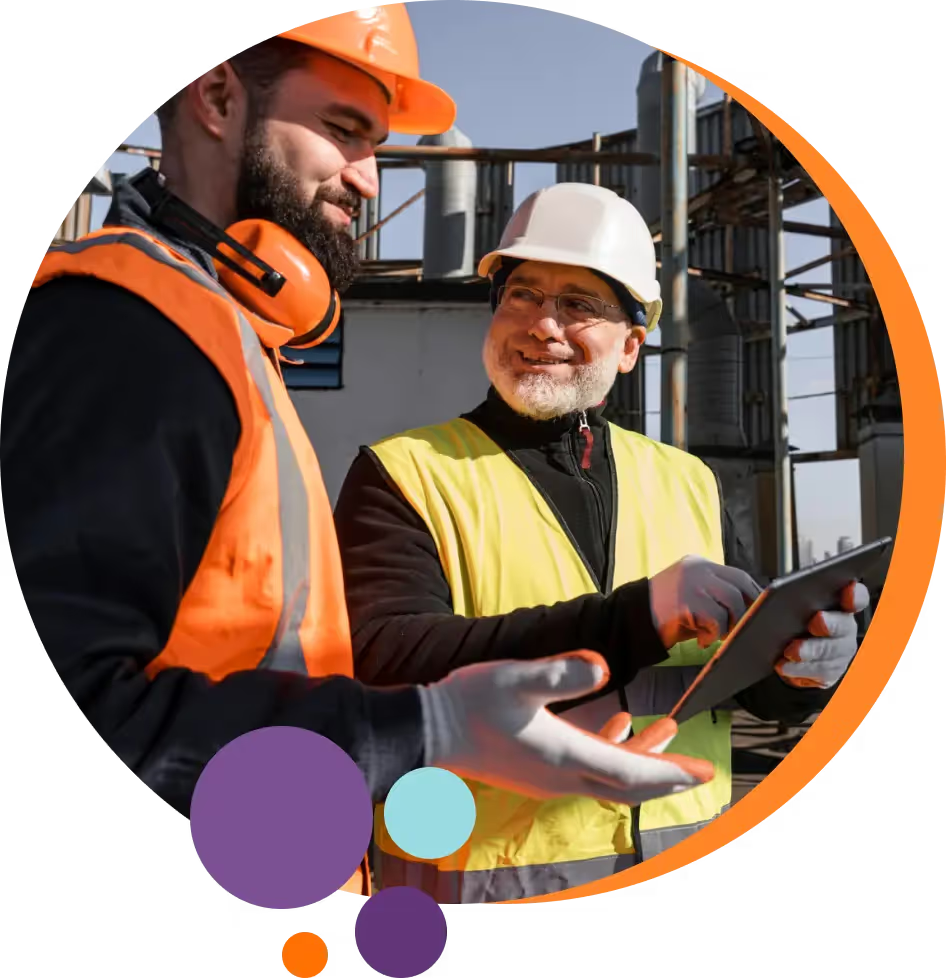


.webp)
.webp)

.webp)
.webp)